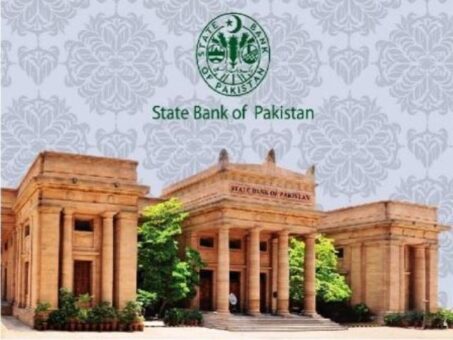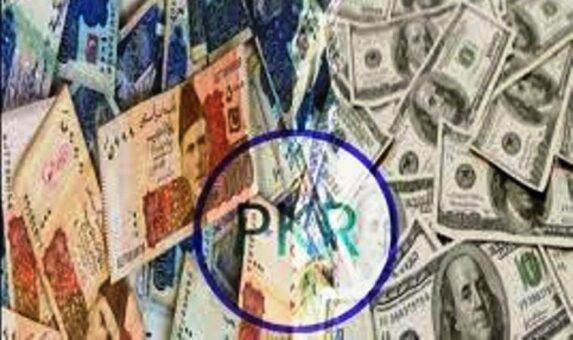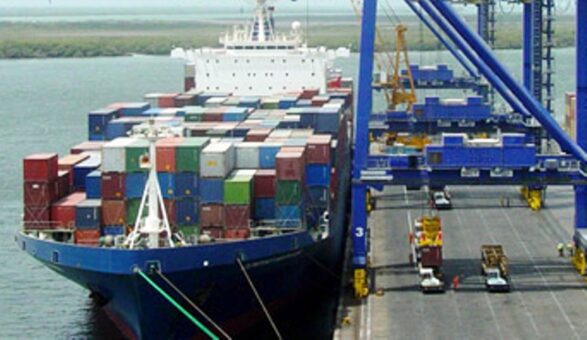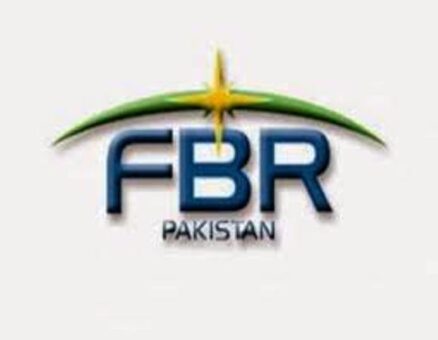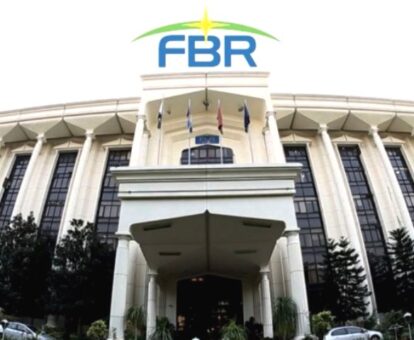KARACHI: Pakistan has posted $17.41 billion as current account deficit (CAD) for the fiscal year 2021/2022, according to data of balance of payment released by the State Bank of Pakistan (SBP) on Wednesday.
The country posted a deficit in the current account of $2.82 billion in the preceding fiscal year i.e. 2020/2021. It shows that the current account deficit of the country ballooned by over five times.
The widening of the current account deficit may be attributed to a surge in import bill during the fiscal year under review.
READ MORE: Pakistan’s CAD balloons to $15.19 billion in 11 months
The import bill of the country recorded an increase of 42.21 per cent to $80.18 billion during the fiscal year 2021/2022 as compared with $56.38 billion in the preceding fiscal year, according to Pakistan Bureau of Statistics (PBS).
However, the exports also posted an increase of 25.64 per cent to $31.79 billion during the fiscal year under review as compared with $25.30 billion a year ago.
But the massive rise in import bill resulted in a huge trade deficit. The country posted 55.70 per cent in widening of trade deficit to $48.38 billion during the year under review as compared with the deficit of $31.07 billion in the preceding fiscal year.
READ MORE: Current account deficit swells to $13.78 bn in 10 months
Even the record remittances during the year have failed to curtail the current account deficit. The Pakistani workers sent record high remittances amounting $31.24 billion during the fiscal year 2021/2022 as compared with $29.45 billion in the preceding fiscal year.
Meanwhile, the total investment into Pakistan recorded a 61 per cent decline to $1.79 billion in the fiscal year 2021/2022 as compared with $4.58 billion in the preceding fiscal year.
The inflow of foreign private investment into the country fell 27 per cent to $1.48 billion during the fiscal year under review as compared with $2.03 billion in the preceding fiscal year.
READ MORE: Pakistan’s CAD hit $13.17 billion in July – March
The major component of the foreign private investment i.e. Foreign Direct Investment (FDI) posted an increase of 2.6 per cent to $1.87 billion during the fiscal year 2021/2022 as compared with $1.82 billion a year ago.
However, the foreign investment in the capital market recorded a massive decline of 288 per cent. The capital market witnessed an outflow of $388.4 million during fiscal year 2021/2022 as compared with an inflow of $206.6 million in the preceding fiscal year.
